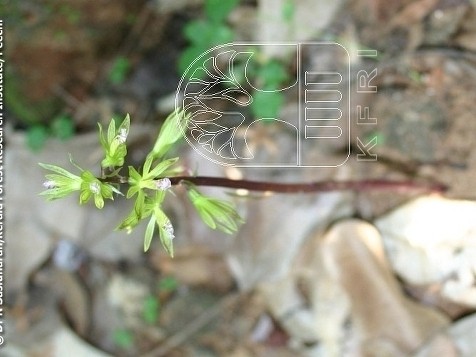Shield orchids
(Nervilia concolor)

Description
Nervilia, commonly known as shield orchids, is a genus of orchids with about 80 species widely distributed across most of sub-Saharan Africa, southern Asia (Saudi Arabia, India, China, Japan, Indochina, Indonesia, etc.), Australia, and various islands of the Pacific and Indian Oceans. Six species occur in Australia (2 or 3 of these endemic), with 16 in India, 10 in China and 5 in South Africa. Orchids in the genus Nervilia are terrestrial, perennial, deciduous, sympodial herbs with an oval to almost spherical tuber and sometimes a few short roots. One or two flowers are borne on an erect, fleshy, leafless flowering stem. When flowering the plants lack leaves, but a single erect or gound-hugging leaf develops after the flower has fully opened. The leaves are usually wrinkled or crumpled with distinct, fan-like veins, giving rise to the genus name. The flowers are often short-lived, lasting for only a few days. The sepals and petals are similar, but the labellum is prominent and often composed of three lobes. The genus is poorly understood, mainly because the flower and leaf are present at different times, so that herbarium specimens are often incomplete. The genus Nervilia was first formally described in 1827 by Charles Gaudichaud-Beaupré after an unpublished description by Philibert Commerson. The description was published in his book Voyage autour du monde. The name Nervilia is derived from the Latin word nervus meaning "nerve", referring to the veined leaves.
Taxonomic tree:







